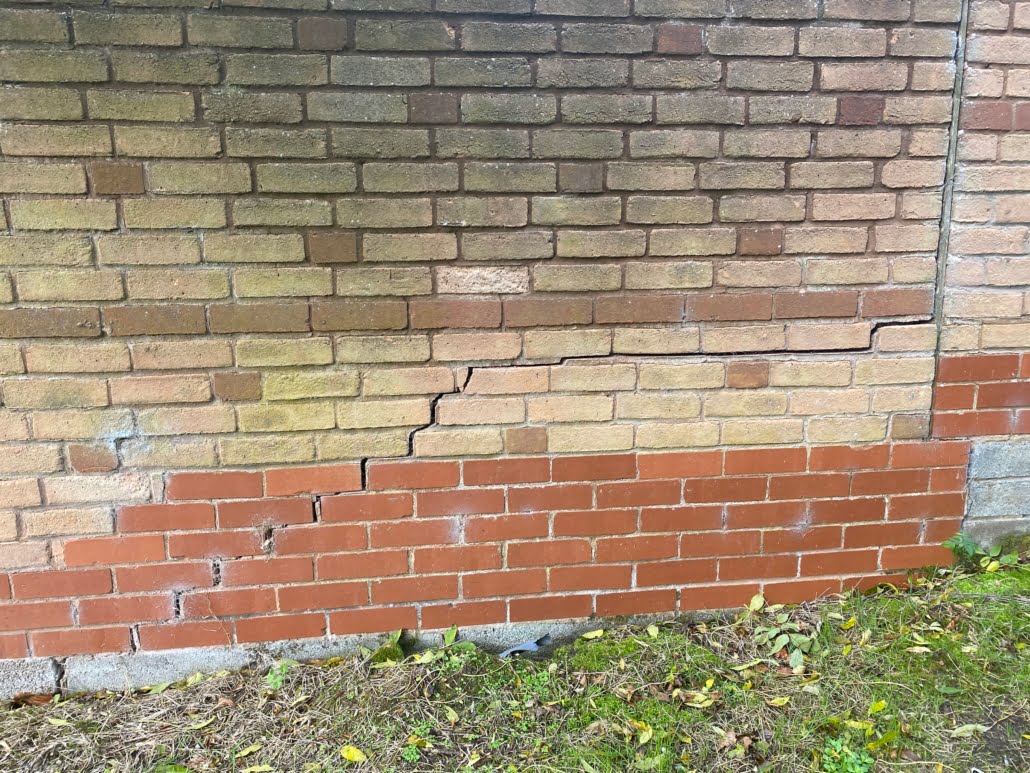Boundary Walls

During our surveys we comment on the condition of boundary walls. This is normally overlooked by our clients during the average brief viewing time of less than 15 minutes. Rebuilding external boundary walls is very expensive. The only time a condition of a boundary wall is normally noted is when it fails. We often see this during the high winds of a storm. It is fairly touch and go as to whether the wall would be covered under insurance for “storm”. The pre-existing condition of the walls is normally the driver to a claim being repudiated.
Wall heights and thickness
When looking at boundaries the wall heights are often higher than the official government guidance as available on this link. Bristol being located in Zone 2. The specific site itself should also play a part in the thinking. If a property is very exposed say on a Hilltop. Then the height should be reduced again. One way of reducing the wind loading on boundary walls is using screen blocks, these do not have the same levels of wind resistance.
Some visible issues to look out for
Thermal movement
To prevent thermal movement cracks in boundary walls it is important to allow for expansion and contraction. This is done through movement joints normally set at say 8-10m in blockwork. Otherwise vertical cracks (the same width all the way down the walls) will occur. These are not normally concerning. They can then be cut out to form a movement joint.
Foundation related issues.
These can be harder to spot. Diagonal cracking or cracks which are wider at the top and narrower at the bottom. When foundation failure occurs, little can be done and longer term the foundations will need to be grubbed up and the wall replaced. This type of damage is often made worse by nearby trees. Both damage from the roots lifting walls by mechanical action. Desiccation or drying of the soil can occur meaning the foundation loses the support of the soil.
Sulphate attack
Sulphate attack tends to occur when walls have remained wet for extend periods of time. The mortar undertakes a chemical change, causing it to expand. When this occurs, there is horizontal cracking and normally on each course of brick or blockwork. Often attempts to cover the wall with render have been made, so the cracking is easy to spot.
Leaning Walls
When a wall leans, we use the zone guidance above. Then look to how much it leans out this can be done with a spirit level and ruler. Then if it leans by more than 30cm on a half brick thick wall and 70mm on a one brick thick wall. These are flags that it will need rebuilding. (BRE Good Building Guide 13)
